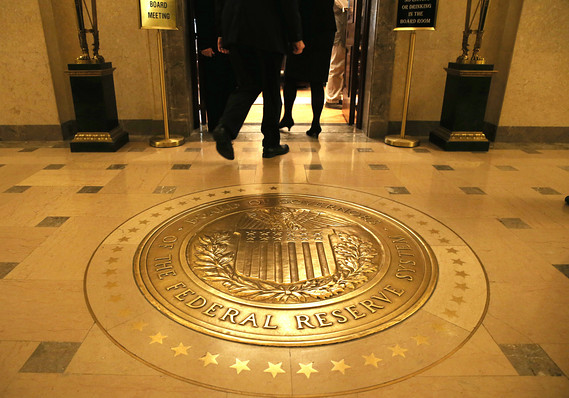It’s too much of a coincidence. Fed officials must be reading our work.
OK, they don’t really have to be… but if they don’t, they should.
It’s not that we deserve credit for what comes next at the Fed, but I was glad to read the details last week in the nitty-gritty of the Fed’s minutes of its March meeting. (You would’ve had to have read it there; Fed chair Janet Yellen didn’t talk about it at all in her post-meeting press conference.)

The big news in the fine print? Fed officials have discussed reducing their balance sheet, maybe later this year, and by not reinvesting bond proceeds.
This is the exact topic of the April issue of our flagship monthly newsletter, Boom & Bust, which we sent to subscribers earlier this month.
We’ve talked plenty about this. All the quantitative easing the Fed did since the 2008 and 2009 crisis will eventually hit the economy in a variety of ways.
Not the least of which is the $225 billion worth of Fed-owned U.S. Treasury and mortgage-backed bonds that will mature within one year, and another $1.24 trillion that’ll come due in the next five years.
Now it’s time to find out what will happen on the back-end of all the QE.
I can’t stress this enough. QE lowers interest rates as central banks buy bonds, but the distortion doesn’t end there. When banks use the new round of cash to make loans (which has NOT happened here yet), we get another distortion. And when the central bank finally purges all the bonds from its balance sheet, we get another artificial force in the economy. This is the one that’s on the table.
Ideally, the Fed wants to bow out as gracefully as possible, creating little ripples in the markets instead of huge waves.
Should the Fed choose not to reinvest the trillions of bond proceeds and instead builds a cash position – which is the approach they’re talking about taking as early as this year – a couple things will happen.














Leave A Comment